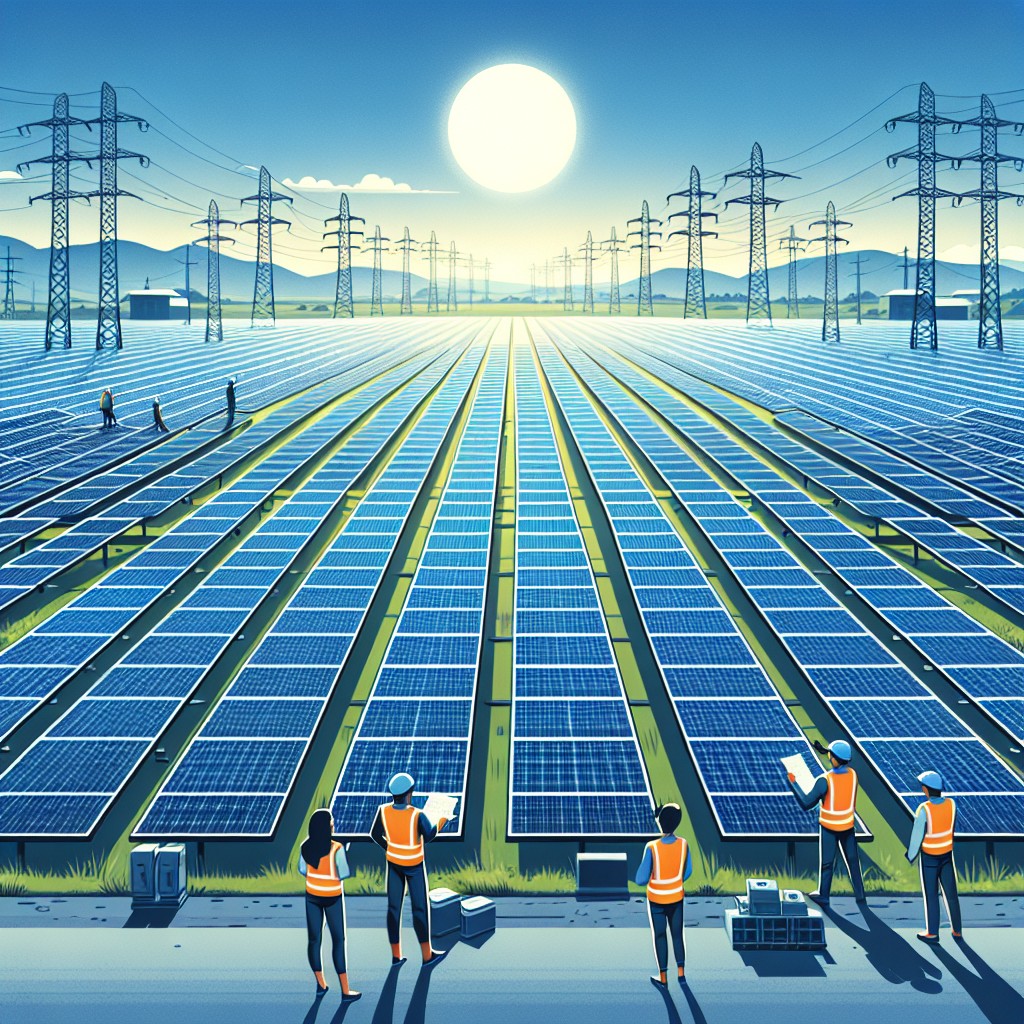China's Solar Surge on Tibetan Plateau Marks Global Turning Point
China is developing the world's largest solar farm on the Tibetan plateau, covering 610 square kilometers. The country's carbon emissions decreased by 1% in early 2025, suggesting a peak well ahead of target. However, significant reductions are necessary to meet carbon neutrality goals by 2060. The shift supports economic growth while curbing emissions.

China has unveiled plans for what it claims will be the world's largest solar farm on the Tibetan plateau, sprawling over an area equivalent to Chicago. As global leaders in solar panel installation, China's efforts are beginning to yield environmental dividends. A study released indicates a 1% reduction in carbon emissions during the first half of 2025, part of a downward trend since March 2024.
The progress hints at China's emissions reaching their peak earlier than anticipated, though the world's foremost emitter of greenhouse gases must drop emissions more steeply to curb climate change effectively. Achieving carbon neutrality by 2060 demands an average annual reduction of 3%, according to energy researcher Lauri Myllyvirta.
This solar initiative, which includes 212 gigawatts of new solar capacity through mid-2025, surpasses the entire solar capacity of the U.S. The mammoth project aims to power 5 million households and is altering the landscape by enabling vegetation growth and livestock grazing. However, transferring this green energy to populous eastern regions requires substantial upgrades to the nation's power grid, heavily reliant on coal-based infrastructure.
(With inputs from agencies.)










